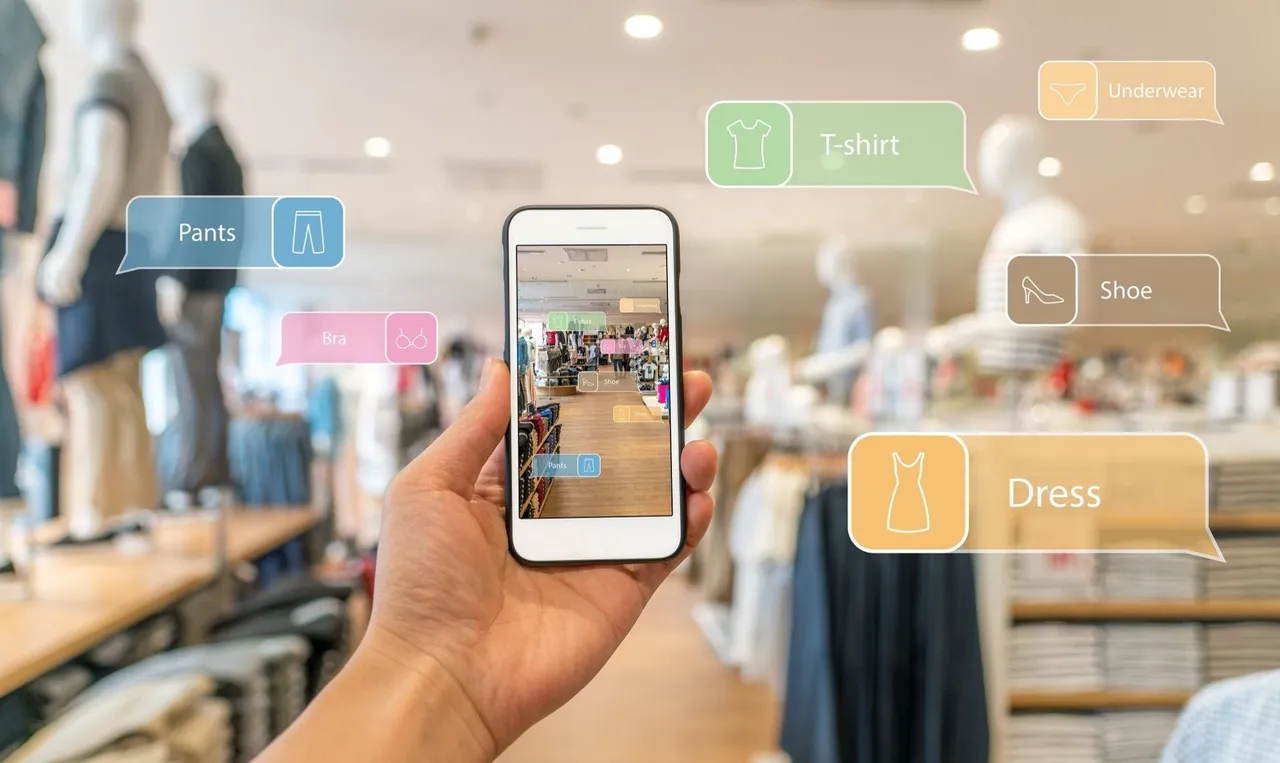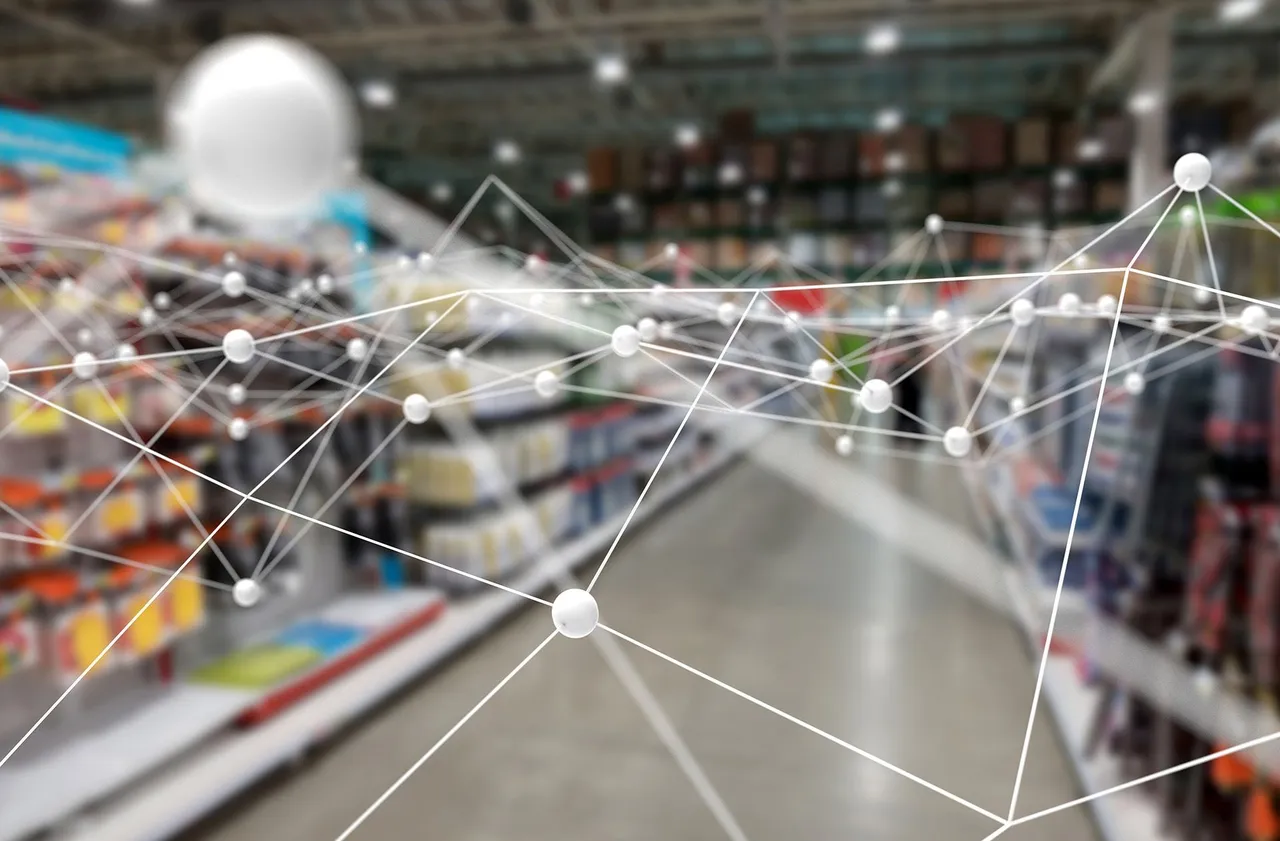Eddystone vs iBeacon: What's Better for Retail?
Like any relatively new technology development, the choices to be made when implementing proximity beacons can seem bewildering. Especially when deciding which beacon protocol to work with.
It doesn't always help to research the choices online, since a lot of content relating to the two main contenders, iBeacon and Eddystone, is directed at the developer community, and you're probably more interested in what beacons can do for your retail business.
Hopefully this article will help, as it explores the key differences, benefits, and drawbacks of the iBeacon and Eddystone protocols—with the firm emphasis on their suitability for retail operations.
Any Beacon Can Be Either iBeacon or Eddystone
It's probably best to start by clearing up a common misconception about the physical characteristics of iBeacon and Eddystone. In short, there are no physical characteristics per se, because iBeacon and Eddystone are not actually beacons.
Beacon hardware can be manufactured by any vendor, and then configured to run either iBeacon or Eddystone, both of which are simply communication protocols.
In 2013, iBeacon was brought to market by Apple, and became the first communication protocol for proximity beacons. Google's Eddystone came along around two years later, opening the beacon market to competition and prompting Apple to make improvements to iBeacon's capabilities.
Proprietary vs Open Source
As you can expect from Apple, iBeacon software is their proprietary technology, and cannot be accessed by outside parties. At the same time, Google opted for the open-source approach, enabling Eddystone to be continuously tweaked and improved by the developer community.
Whether this difference matters to your company or not, depends on how much leeway you'd like in terms of customizing your proximity marketing solution. iBeacon is probably a simpler solution to implement, while Eddystone offers a lot more flexibility.
Of course, the central focus in your protocol of choice should be those who will ultimately engage with your technology— that is, customers, and that's where the real differences between iBeacon and Eddystone begin.
It's All About the Apps
Just like about anything branded ‘Apple’, iBeacon is a fairly closed system. Although iBeacon can interact with Android as well as iOS, it was naturally designed with the latter in mind. This creates some limitations for owners of Android devices, because, for example, iBeacon can't wake up an Android app that is deactivated.
An Android app must be running (in the background at least) for iBeacon to trigger activation. On the other hand, iOS apps will be activated by a beacon even if they are in the "killed" status, which of course is an advantage if you're a retailer trying to grab shoppers' attention.
However, given that the majority of shoppers in your outlets are likely to be Android owners, the iBeacon/iOS integration benefits are limited to a certain extent.

Smartphone OS Sales Share
iBeacon: Only Friendly to Native Apps?
Speaking of iBeacon apps, you might wish to know about interacting with your customers using BLE beacons. Whatever you may have heard from enthusiastic vendors, neither iBeacon nor Eddystone can do much without an app to talk to.
The big difference, though, is the type of apps with which the two beacon types can play nicely. At this point, iBeacon can only interact with native apps, so if you do choose the Apple solution, you'll need to include the cost of mobile app development services in your implementation budget.
Of course, if your company already has an app for consumers to download, iBeacon might be an ideal solution, since you'll just need to invest in the modifications necessary for the app to interact with the installed beacons.
Eddystone: App-agnostic & Cross-Platform Option
Not all retail businesses have the budget for app development, and that may be the reason why the earliest adopters of beacon technology are the retail giants like Macy's, Target, or Lord & Taylor.
In any case, the arrival of the Eddystone protocol should be a breath of fresh air for SMEs, because along with the benefits of open-source software, Google's beacon solution also takes a more open approach to mobile device communication.
While it would be incorrect to say that no app is required (as the hype machine might have made you believe), Eddystone communication packets include a compressed URL, enabling beacons to interact with web apps like Google's own Chrome browser. This eliminates the need for your retail enterprise to develop its own app.
In fact, Eddystone's dual web/mobile app compatibility offers a couple of important advantages for retailers:
- Implementation costs can be minimized by using mobile web instead of native applications.
- Consumers don't have to be persuaded to download a specific app to access your location-technology services.
One of the biggest challenges faced by retailers in proximity marketing is getting shoppers to download apps. So while the first advantage highlighted above is good for your IT budget, the second is really important to the process of engagement.
Moreover, getting shoppers to keep your retail app on their phones or tablets can be even trickier, especially if its performance is even a little shy of perfect. As the survey results reported by eMarketer show, 89% of smartphone owners will delete retailers' apps if performance is slow, and 92% will do so if the app freezes or crashes.
Similar results were revealed in a survey conducted by Forrester, and can be seen in the graph below, indicating that consumers have little patience for underperforming retail apps.

Consumers are up to remove underperforming apps
Therefore, unless you do have the budget for developing a first-class mobile app, it could make more sense to opt for Eddystone beacons and reach out to shoppers via web apps like Chrome. This approach can also be useful if you want to experiment a little with beaconing before committing to app investment.
Beacon Management & Security
One drawback of iBeacon is the lack of any "fleet" management capability, meaning that there's no simple way to keep track of beacon placement, battery depletion or operational status. For your retail workforce to check up on a fleet of beacons, they will need to walk around with a map of beacon locations and the app to scan each device.
Google has addressed this particular issue with a data packet transmission specifically for passing telemetry data, such as battery voltage and operating temperature, enabling remote beacon monitoring. This will certainly be a godsend if your company's retail outlets are large and require perhaps hundreds of beacons.
Eddystone has also addressed beacon security, providing support for unique, encrypted identifiers known as ephemeral IDs (EIDs), which, like the fleet management capabilities, are absent from iBeacon software.
All in All, iBeacon or Eddystone?
When you look at the key features of both iBeacon and Eddystone, it's not hard to believe that the grass is greener on Google’s side of the fence. As with most technology decisions though, things are never as clear-cut as they seem.
In terms of popularity, iBeacon still dominates, with 88% of developers supporting the Apple standard compared with 56% that support Eddystone—that's according to Unacast's Proximity Marketing in Retail report for Q1, 2017.
Like in anything else, the best solution in BLE beacon technology is the one that works. Since every retail business is unique, it wouldn’t be fair to make blanket statements declaring for one protocol over the other.
What's Your Take?
It is probable that at the time of writing this article, at least one or two beacon vendors are working toward solutions for transmitting iBeacon and Eddystone packets simultaneously from a single beacon.
Given the rate at which mobile technology is currently progressing, it shouldn't be long before an "either-or" discussion is unnecessary and even irrelevant. Will your retail business wait until that times come, or are you keen on moving with proximity marketing (or other location-tech initiatives)?
If you were to start a project right now, which protocol would you choose? Would you opt for the relative simplicity of iBeacon, or the greater flexibility of Eddystone? As always, we have readers with enquiring minds who would love to know your views.







